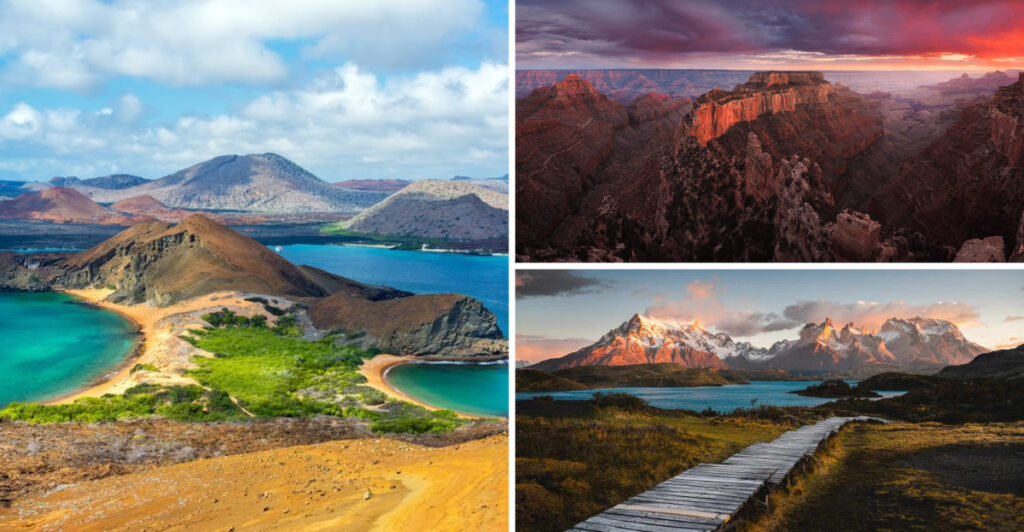Nature has always fascinated scientists and travelers alike. With their breathtaking beauty and awe-inspiring presence, certain natural wonders around the globe share an intriguing secret that scientists have recently unveiled. Each of these wonders tells a unique story, capturing the imagination of those fortunate enough to witness them. Let us explore these 23 wonders, each distinctly remarkable and unified by a newly discovered characteristic that adds another layer of wonder to their already legendary status.
Mount Everest

Standing tall at 29,032 feet, Mount Everest is Earth’s highest summit. Climbers dream of reaching its zenith, despite the challenges.
The mountain’s icy peaks and treacherous paths test even the most seasoned adventurers. Its towering presence commands respect and awe.
Research indicates a surprising link between the minerals found here and those in distant locations, uniting Everest with other geological phenomena. This connection invites further exploration into the mountain’s ancient origins.
Sahara Desert
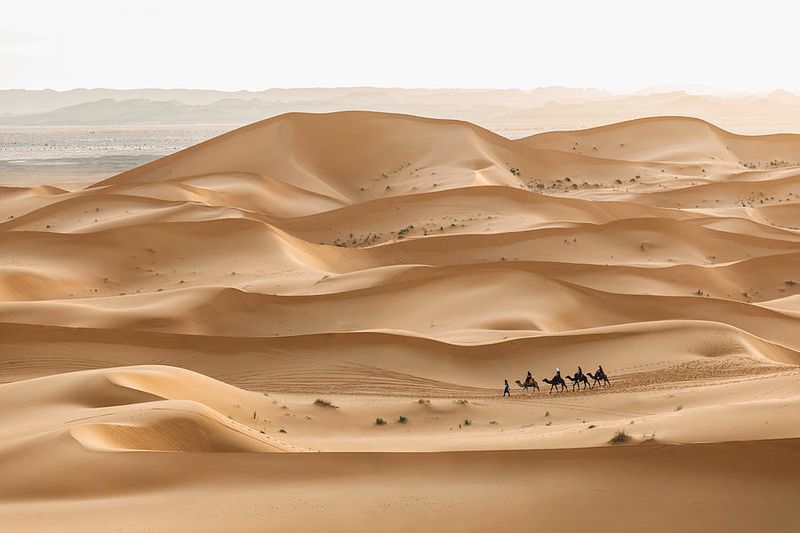
The Sahara, Earth’s largest hot desert, covers a vast expanse of North Africa. Its golden dunes stretch endlessly, shaped by winds over millennia.
Beneath its sands lie secrets of ancient civilizations and fossilized remains that tell stories of a once-lush landscape.
Scientists have found commonalities in the underlying rock formations with other global sites, challenging our understanding of desert evolution. These findings open new avenues for studying Earth’s climatic history.
Amazon Rainforest
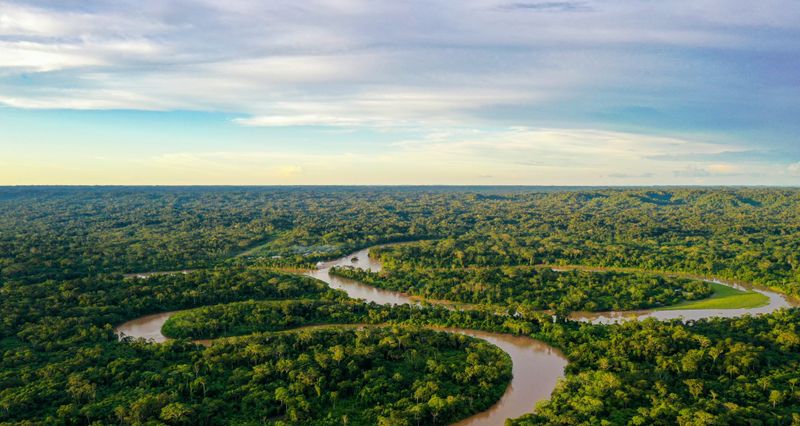
The Amazon, a verdant expanse, pulses with life and biodiversity. Its dense canopy shelters countless species unknown to science.
This green labyrinth is not only a haven for wildlife but a critical component of the Earth’s climate system.
Recent discoveries reveal shared geological features with distant landscapes, suggesting a common ancestral origin. This revelation reshapes our understanding of the rainforest’s role in our planet’s ecological narrative.
Victoria Falls

Victoria Falls, known as “The Smoke That Thunders,” stands as one of the largest waterfalls in the world. Its thunderous roar and shimmering mist captivate all who visit.
This natural wonder bridges Zambia and Zimbabwe, offering breathtaking sights and sounds.
The discovery of similar mineral deposits in its vicinity and other global wonders suggests a shared geological history. This insight enhances the allure and mystery of this powerful cascade.
Yellowstone National Park
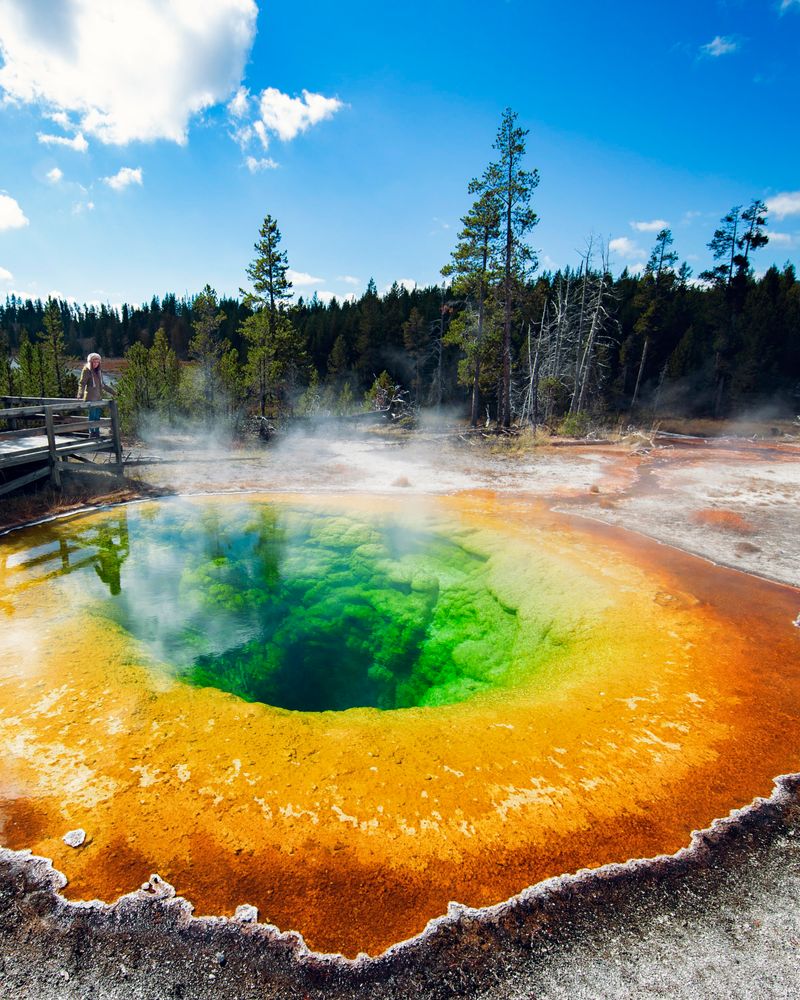
Yellowstone, America’s first national park, is celebrated for its geothermal wonders and diverse wildlife. Geysers and hot springs bubble and steam, painting a surreal landscape.
This dynamic ecosystem offers a window into Earth’s fiery underbelly, where volcanic forces shape the land.
Mineral similarities link Yellowstone with other distant geological formations, hinting at interconnected volcanic activity. Such discoveries enrich our appreciation of this natural jewel.
Aurora Borealis
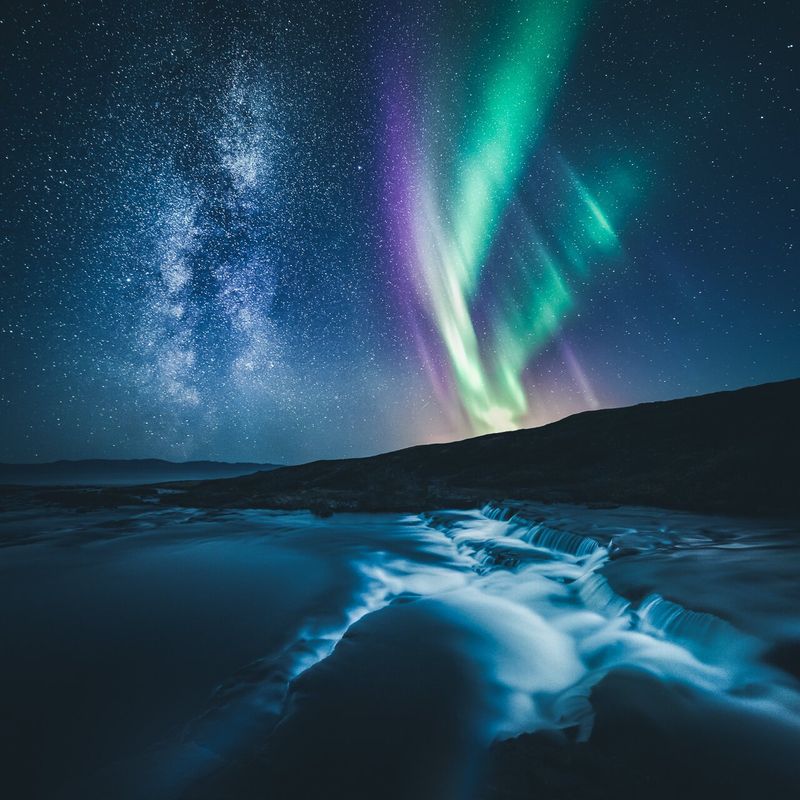
The Aurora Borealis, or Northern Lights, mesmerizes with its celestial display of colors. This natural light show paints the night sky in hues of green, pink, and purple.
From the Arctic Circle, these ethereal lights captivate the imaginations of those who witness them.
Research into the charged particles that create this phenomenon reveals shared characteristics with other natural wonders, suggesting a cosmic connection. This adds a layer of intrigue to an already mystifying spectacle.
Galápagos Islands
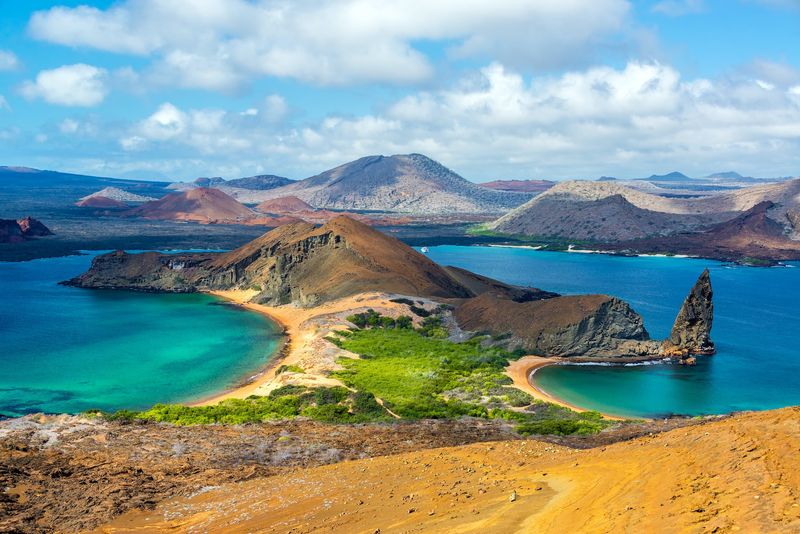
The Galápagos Islands, a living laboratory of evolution, inspired Darwin’s theory of natural selection. These volcanic islands host a myriad of unique species.
From marine iguanas to blue-footed boobies, life here adapts in remarkable ways, offering insights into evolutionary processes.
Scientists have uncovered geological links between these islands and other distant locations, hinting at a shared volcanic origin. This connection adds depth to their evolutionary significance.
Grand Canyon
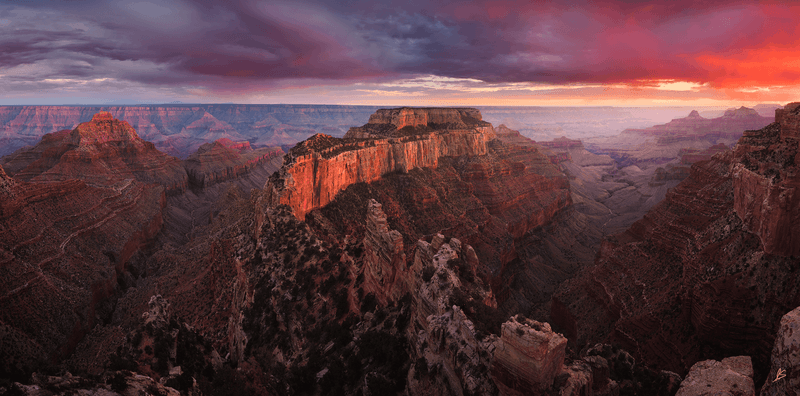
The Grand Canyon, carved by the Colorado River, stretches over 277 miles. Its striking layers of red rock tell a geological story millions of years in the making.
Visitors often stand in silence, overwhelmed by its vastness. The canyon’s dramatic cliffs and sweeping vistas provide an endless canvas for artists and adventurers alike.
Recent studies reveal that certain minerals found within its layers are shared with other natural wonders, hinting at interconnected geological processes. This discovery adds another dimension to its already storied existence.
Serengeti National Park
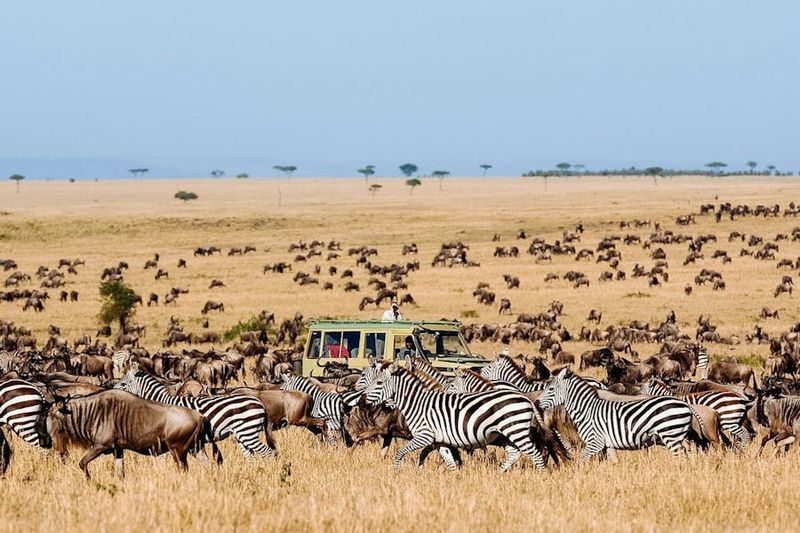
The Serengeti, a wildlife spectacle, boasts endless plains and dramatic animal migrations. Each year, millions of wildebeests and zebras traverse this vast landscape.
This ecological wonder functions as a vital sanctuary for countless species, embodying the circle of life.
Recent studies reveal geological commonalities with other significant ecosystems, suggesting an ancient link. This discovery enhances our appreciation of the Serengeti’s role in Earth’s biodiversity.
Antarctic Ice Sheet
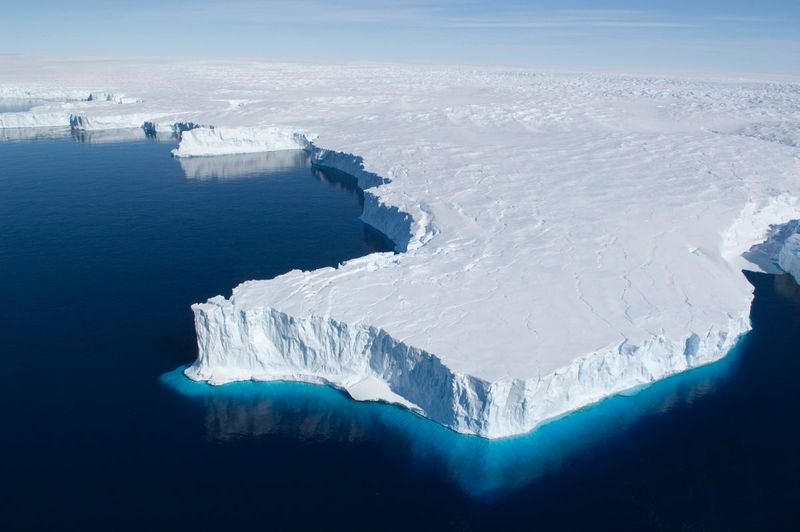
The Antarctic Ice Sheet, a frozen expanse, holds the majority of the world’s freshwater. Its icebergs drift majestically, creating a serene, alien landscape.
This icy realm remains one of Earth’s last frontiers, offering insights into climate change and Earth’s history.
Recent findings indicate shared mineral compositions with other global ice formations, suggesting unified climatic processes. These revelations bring new layers of understanding to this secluded ice kingdom.
Salar de Uyuni
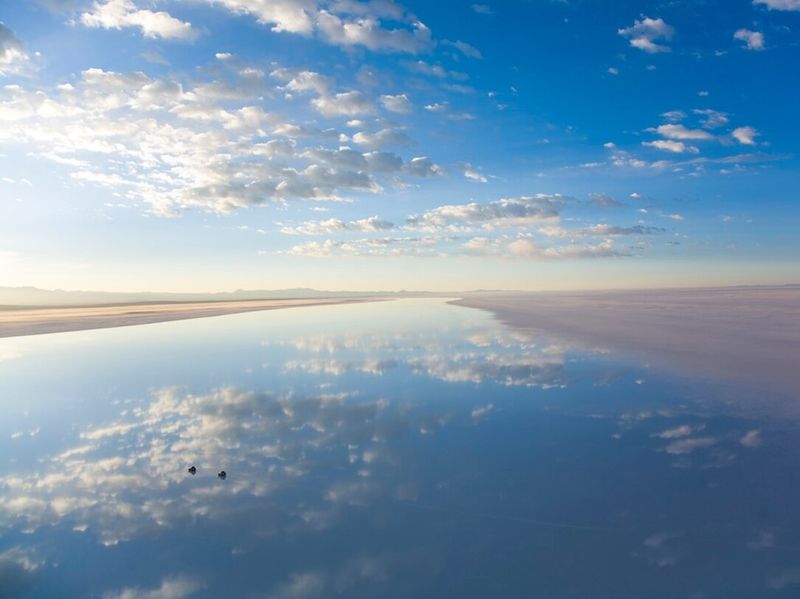
Salar de Uyuni, the world’s largest salt flat, transforms into a reflective mirror during the rainy season. This Bolivian marvel mesmerizes visitors with its infinite horizon.
The salt crust, rich in lithium, tells tales of ancient lakes and mineral deposits.
Scientists have discovered similar mineral formations in other distant locales, suggesting a shared geological ancestry. Such connections deepen the intrigue surrounding this enigmatic landscape.
Amazon River

The Amazon River, a mighty waterway, snakes through the rainforest, shaping the land and life around it. Its vast network sustains countless communities and ecosystems.
With each bend and tributary, the river weaves stories of biodiversity and cultural richness.
Geological studies reveal mineral parallels with other significant river systems, suggesting shared origins. These findings enrich our understanding of the Amazon’s role in Earth’s hydrological network.
Mount Kilimanjaro
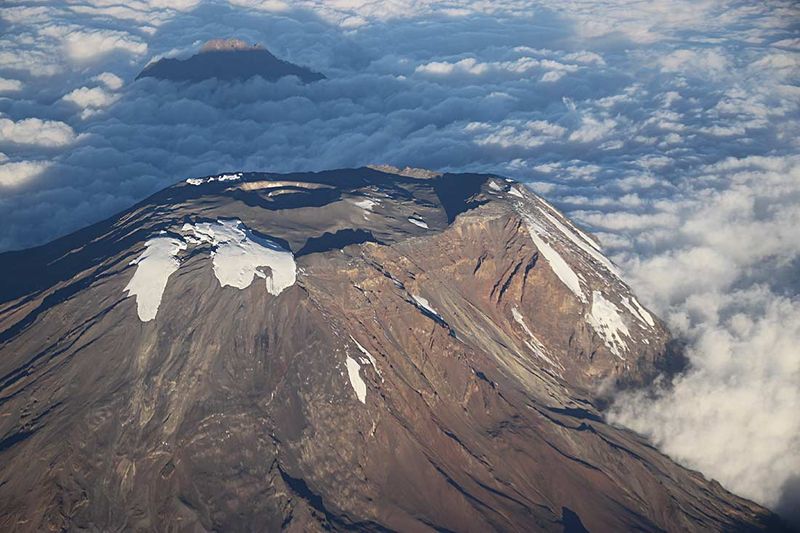
Mount Kilimanjaro, Africa’s tallest peak, stands as a beacon for trekkers and dreamers. Its snow-capped summit contrasts with the warm plains below.
This dormant volcano hosts diverse ecosystems, from alpine deserts to lush rainforests.
Research reveals geological connections between its volcanic materials and other global peaks, hinting at a shared fiery history. This discovery invites further exploration into Kilimanjaro’s majestic presence.
Niagara Falls
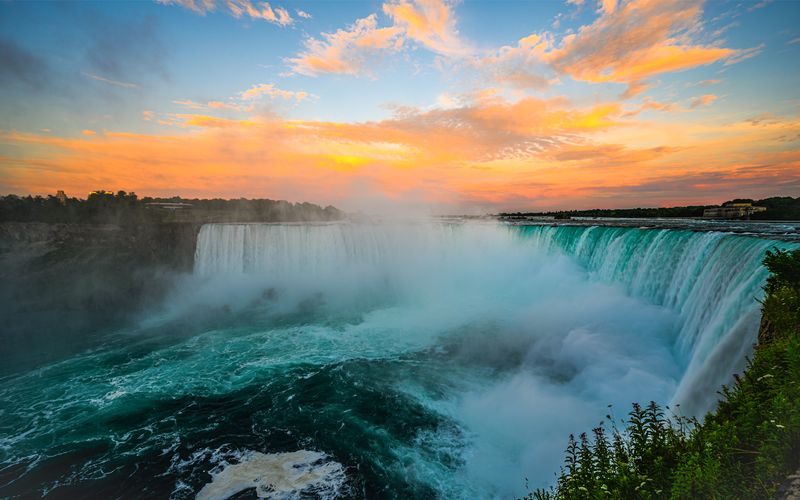
Niagara Falls, a symbol of natural power, spans the border between the USA and Canada. Its cascading waters roar, creating a spectacle of mist and rainbows.
This dynamic waterfall attracts millions, inspiring awe with its relentless energy.
Studies show mineral similarities with other iconic waterfalls, suggesting a shared geological history. This insight adds a layer of mystery to Niagara’s thundering beauty.
Patagonia
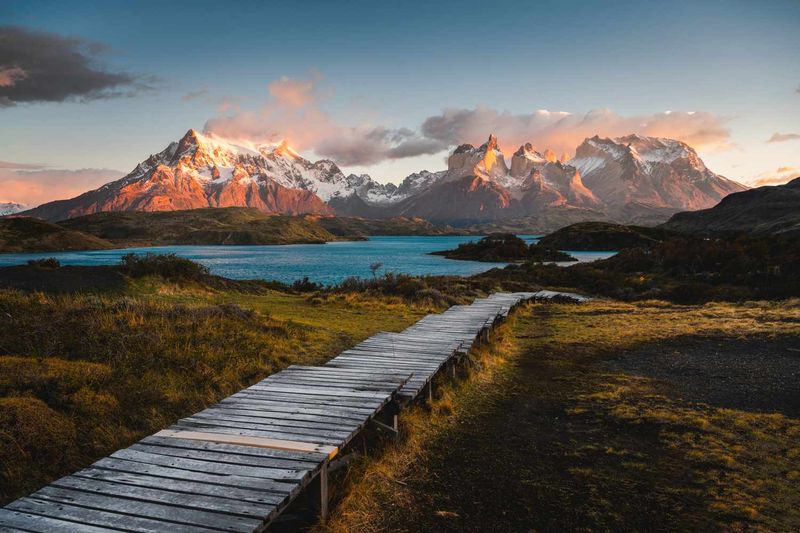
Patagonia, a region of extremes, offers rugged landscapes and pristine beauty. Snow-capped peaks and turquoise lakes define this remote wilderness.
Travelers seek solace in its untouched environments, finding adventure in its challenging terrains.
Geological studies reveal links between its formations and distant landscapes, hinting at ancient connections. This shared history adds depth to Patagonia’s allure.
Great Barrier Reef

The Great Barrier Reef, a marine spectacle, spans over 1,400 miles off Australia’s coast. Home to an array of marine species, its vibrant corals dance beneath the waves.
This underwater paradise is more than just a collection of corals; it’s an ecosystem teeming with life and mystery.
Scientists have discovered similarities in the mineral composition of its corals with other natural formations, suggesting a deeper connection within Earth’s geological framework. Such findings deepen our understanding of this aquatic wonder.
Bora Bora
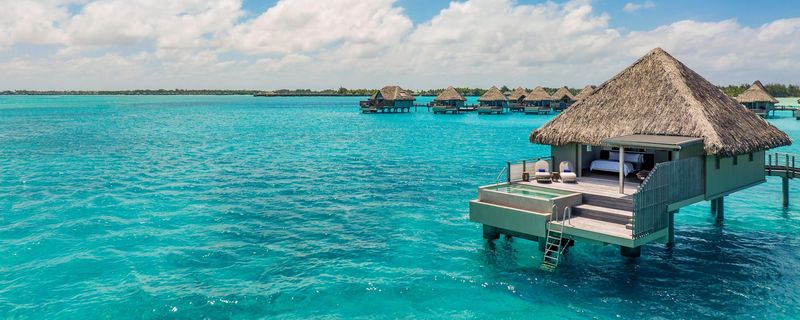
Bora Bora, a paradise in the Pacific, boasts turquoise lagoons and lush greenery. Overwater bungalows offer a luxurious escape in this idyllic setting.
The island’s vibrant coral reefs teem with marine life, making it a snorkeler’s dream.
Research into its geological features reveals commonalities with other tropical islands, suggesting shared volcanic origins. This connection adds another layer of magic to Bora Bora’s tranquil beauty.
Rocky Mountains

The Rocky Mountains, a majestic range, span North America with their towering peaks. These mountains host diverse ecosystems, from alpine tundras to dense forests.
Adventurers find solace in its trails, where nature’s serenity reigns.
Geological studies link its formations with other global mountain ranges, suggesting a shared tectonic history. This connection enhances our appreciation for the Rockies’ grandeur.
Ganges River

The Ganges River, a sacred waterway, flows through the heart of India. It sustains life and spirituality for millions who live along its banks.
This holy river weaves tales of devotion and cultural heritage, offering a lifeline to those who worship its waters.
Research reveals mineral parallels with other major rivers, suggesting shared geological origins. This discovery enhances the spiritual and ecological narrative of the Ganges.
Redwood National Park
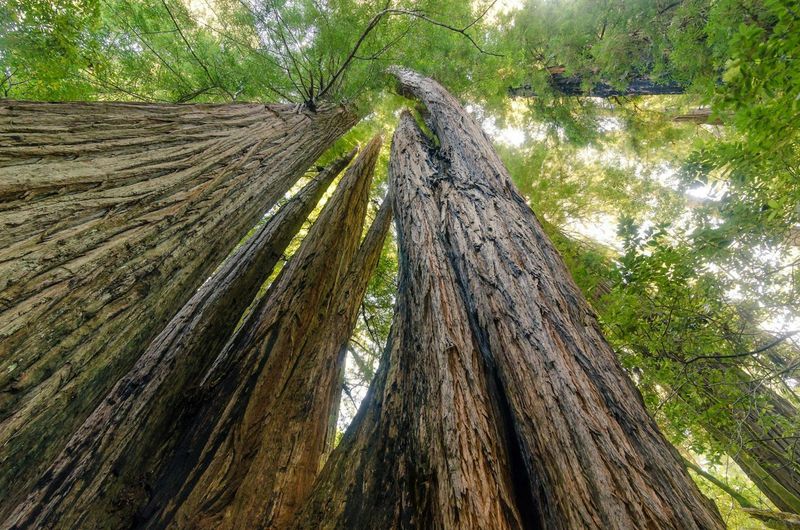
Redwood National Park, a sanctuary for the world’s tallest trees, offers a glimpse into nature’s grandeur. Majestic redwoods stretch skyward, embodying resilience and history.
Visitors wander beneath these ancient giants, finding peace in their towering presence.
Studies reveal geological links with other ancient forests, suggesting shared origins. This discovery enriches our understanding of the redwoods’ enduring legacy.
Uluru
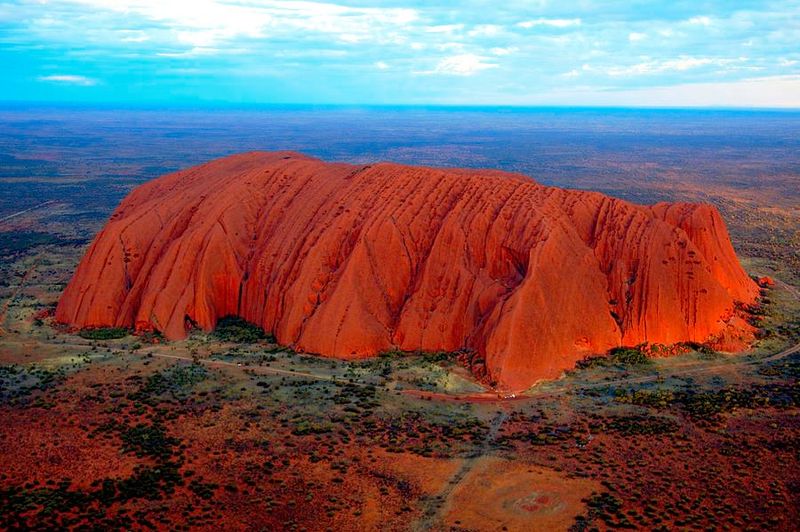
Uluru, an iconic monolith, rises from Australia’s red desert. Its sandstone surface glows under the sun, telling stories of Aboriginal heritage.
This sacred site holds cultural significance, offering spiritual insights to those who visit.
Research into its geological features reveals mineral similarities with other global formations, suggesting shared origins. This connection deepens the mystery surrounding Uluru’s ancient presence.
Matterhorn
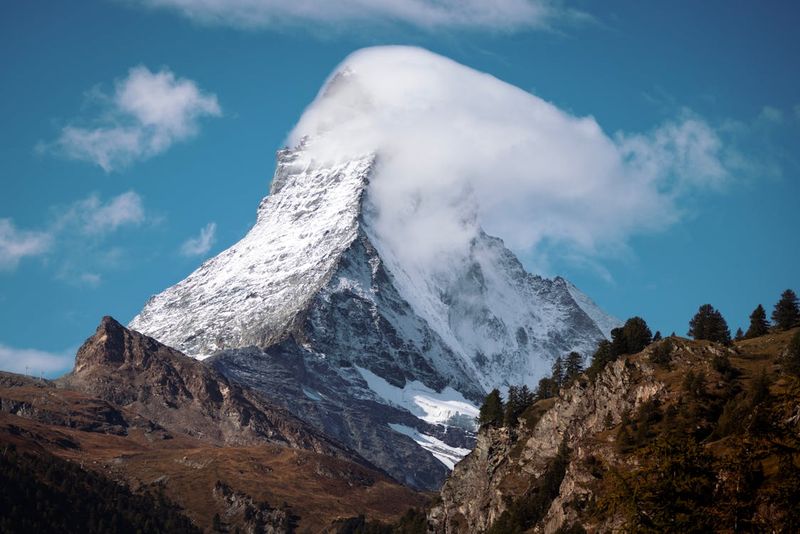
The Matterhorn, a symbol of alpine majesty, pierces the sky with its iconic pyramid shape. Climbers from around the world seek to conquer its heights.
This Swiss peak challenges adventurers with its steep, icy slopes.
Studies reveal geological connections with other European mountain ranges, suggesting a shared tectonic history. This insight adds depth to the Matterhorn’s towering allure.
Dead Sea
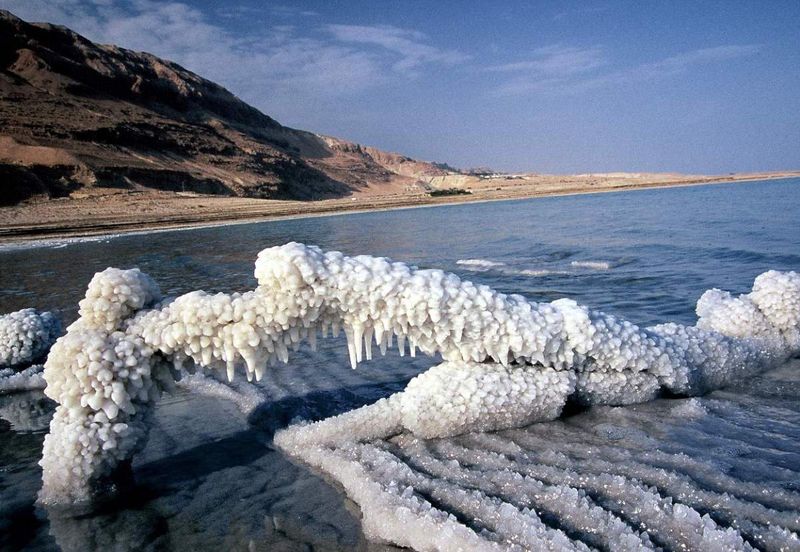
The Dead Sea, Earth’s lowest point, offers a unique experience with its mineral-rich waters. Floating effortlessly, visitors enjoy its therapeutic properties.
This salt-laden marvel lies at the intersection of history and geology.
Research reveals mineral parallels with other significant bodies of water, suggesting shared geological origins. This discovery enhances our understanding of the Dead Sea’s unique characteristics.

